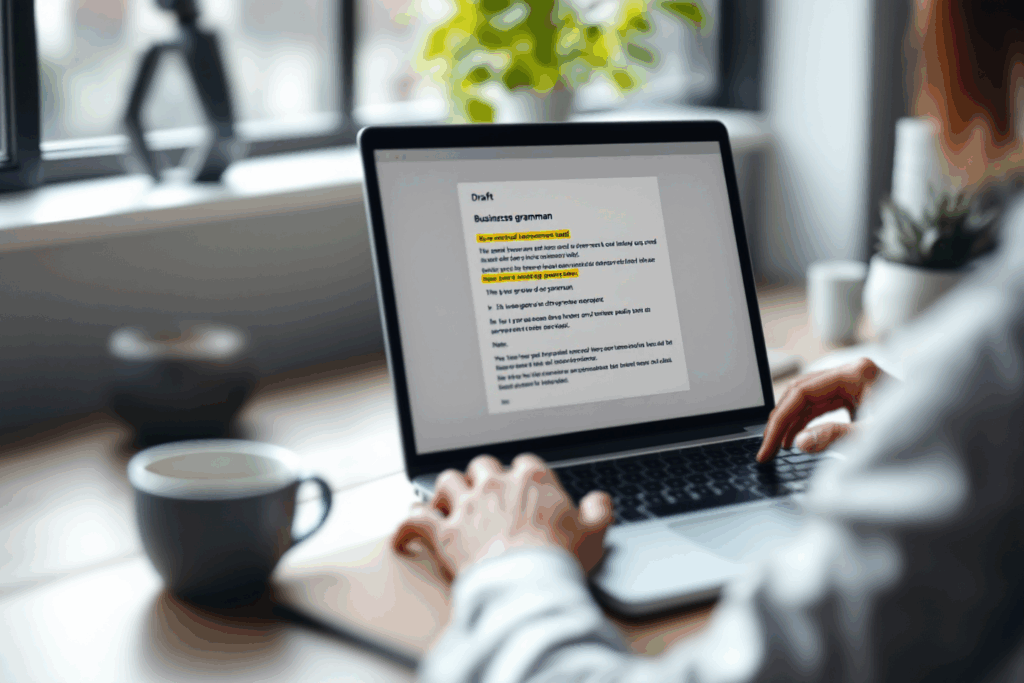
Present Simple Tense 1
English Blogs “Let’s Learn, Explore, and Connect to the World” Present Simple Tense 1 I. Introduction to the Present Simple Tense in English Mastering the



At its core, the present simple tense in English is used to express actions or states that are habitual or generally true. It is one of the most basic yet essential tenses in English grammar. The structure of the present simple tense is relatively straightforward.
In its affirmative form, it typically follows the pattern of subject + base verb (with an added -s for third-person singular subjects).
For example:

I walk to school every day.

He reads a book before bedtime.
The present simple tense also encompasses negative forms and questions. For negatives, we usually use the auxiliary verb ‘do’ followed by ‘not’ and the base form of the main verb. In the third person singular, ‘does’ is used instead of ‘do’.
For example:

I do not (don’t) like spicy food.

He does not (doesn’t) play football.
Questions in the present simple are formed by placing the auxiliary verb ‘do’ or ‘does’ before the subject, followed by the base verb.
For example:

Do you speak English?
Does she know the answer?
 One crucial aspect of the present simple tense is subject-verb agreement. This rule states that when the subject is a third-person singular (he, she, it), the verb typically ends in -s or -es. This rule is one of the key differences that sets English apart from many Asian languages, which often do not have such distinctions in verb forms based on the subject.
One crucial aspect of the present simple tense is subject-verb agreement. This rule states that when the subject is a third-person singular (he, she, it), the verb typically ends in -s or -es. This rule is one of the key differences that sets English apart from many Asian languages, which often do not have such distinctions in verb forms based on the subject.
For example:

He walks to school.

She watches TV in the evening.
However, there are exceptions and irregular verb forms to consider. For instance, the verb ‘to be’ has different forms (am, is, are) depending on the subject. Additionally, verbs ending in -y preceded by a consonant change to -ies (e.g., study – studies).
 Understanding the structure and rules of the present simple tense is the first step in mastering its use. This tense is a building block for expressing a wide range of actions and states in daily English communication. In the next sections, we will delve deeper into the various uses of the present simple tense, providing practical examples and tips to enhance your proficiency in English grammar.
Understanding the structure and rules of the present simple tense is the first step in mastering its use. This tense is a building block for expressing a wide range of actions and states in daily English communication. In the next sections, we will delve deeper into the various uses of the present simple tense, providing practical examples and tips to enhance your proficiency in English grammar.

English Blogs “Let’s Learn, Explore, and Connect to the World” Present Simple Tense 1 I. Introduction to the Present Simple Tense in English Mastering the

English Blogs “Let’s Learn, Explore, and Connect to the World” Present Simple Tense 2 II. Understanding the Present Simple Tense Definition and Structure At its

Laugh and learn with ‘Comic Collections’ by Cassia North – a delightful dive into everyday conversations in professional and casual settings, now in a vibrant, humor-filled ebook. Perfect for all ages!



